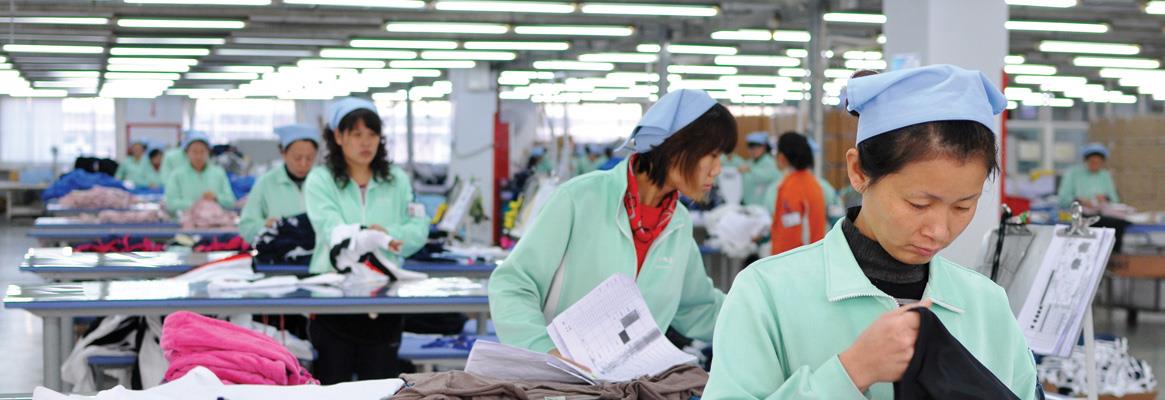Much has been discussed about the need for automation and information technology (IT) to speed up and improve the apparel manufacturing process, and great strides have been made due to the research and development of suppliers to the apparel industry.
Usually the largest cost element in apparel manufacturing is the personnel cost. Yet how many companies invest in improving the performance of its people with as much business acumen as in hardware and systems?
Investment in production operators
We are recently seeing the need for faster and more flexible manufacturing from an industry where much of the assembly (sewing and finishing) work relies on high performance of a single operation, working at the cost of flexibility. As methods of operation require change, if we cannot develop operators into higher skilled workers, that will result in low production performance, with the obvious effect on the final product cost.
Let's look at investing on training operators in higher skills. First the cost contributors:
- Most countries and suppliers have a legal minimum wage for fresh recruits. Therefore, training a new operator will cost the company money until the value of the production equals the minimum wage.
- When an experienced operator leaves and is replaced by a trainee, then the new recruit will perform well below the level of the person replaced for a considerable duration-a significant loss of production and increase in unit cost.
- Factories often have to recruit more than one new trainee to replace an experienced operator. Trainee turnover can occur when it takes too long to build-up to the expected earnings, causing frustration and dissatisfaction, resulting in increasing labour costs.
Training high performance skills first and then applying these skills to specific tasks based on the best operating methods is a better way to reach high performance levels. When a new operator is given a task, is it the best operation for his specific aptitude? Do we indeed know that an applicant is suitable for as a high-performance production operator?
If we want to maximise the return on wage costs, we need to first select workers on the basis of natural and inherent skills. They of course need sound eyesight, but have they got the motor skills and other physical and learning attributes, so necessary in a highly manual working environment?
A short time spent on examining and testing physical skills and learning abilities can lead us to the work type for which the new entrant is best suited. Simple tests are available for various skills like co-ordination of the body, eyesight, colour vision, observation, perception, and quality awareness before accepting a new worker as a trainee.
The manufacturing company that invests in effective skills training leads inevitably to focus on the operating methods used. It is normal for an effective training programme to improve efficient workplace methods because method analysis is necessary in developing effective skills training.
Besides the obvious improvement in added value from an operator through faster and better training, one of the problems of the industry is the rate and cost of employee turnover.
If earning levels are achieved faster, then new workers are more likely to stay, with a significant improvement in productivity.
When training improves the first-year performance of every new starter, with improved retention of staff, there is less make-up paid, and the increased production output is a significant addition to the profit line.
Investment in management training
A factory's productivity is the usual base while assessing the return on any investment. If a garment takes 35 minutes for the sewing assembly and finishing and goes though the production process in say 3-5 days, what happens to all the non-productive time outside of the direct added value time of making?
Having a supervisor and management team that can turn some of this loss-making activity into productive time can substantially reduce the non-productive time, thus justifying training investment in improved management skills.
Supervisors or 'first line managers' are the best-placed personnel to influence the improvements as they are able to take action as soon as a problem occurs without waiting for reports, however detailed, to be produced some hours later.
The approach, similar to operator training, is to identify and teach production management skills in house before applying them to a specific job, thereby substantially improving the performance of production units.








Comments